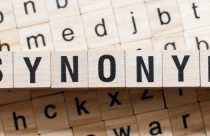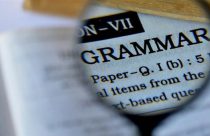Understanding The Difference Between Number and Amount

The words “number” and “amount” are used to describe how many or how much of something is present. A research report might include information on the number of participants in the study, number of questionnaires that were completed, the amount of time allocated for a test, or amount of evidence found.
What is the difference, then, between these two words? The answer lies in the English distinction between count and non-count nouns. Although number and amount have similar meanings, number is used for things that can be counted, while amount is used for things that cannot be counted. Knowing when to use each one is a matter of looking at the noun being described.
Count Nouns: Number
English has a distinction between count and non-count nouns. Count nouns refer to things that can quite literally be counted, like trees, people, and governments. These words can be identified because they have separate singular and plural forms, as in “tree” and “trees.”
“Number” is used in reference to count nouns. For example, you can count the number of trees in a park, talk about the number of people in a room, and discuss the number of local governments in an area.
Non-Count (Mass) Nouns: Amount
Non-count nouns, which are also called mass nouns, represent things that are not easily quantified, such as water or air. These things exist as a sort of “mass” that is not easily counted or separated into distinct, individual entities. Some non-count nouns can, in fact, be counted, like hair or salt. That is, a very determined person could attempt to count the strands of hair on a person’s head or the grains of salt in a jar. However, the task would be difficult, and it is not a common activity to undertake. Therefore, words like “hair” and “salt” are non-count nouns.
Words in the non-count or mass noun category can be identified because they do not have a separate plural form. This is because it is awkward or not meaningful to put a number in front of them; for example, it would be odd to say “one air, two airs.” (Note that it is possible in some contexts to use a plural form or express quantity). This occurs when the word takes on the meaning of “type of” or, “cup of” or “bottle of” with the liquids.
The word “amount” is used to describe the size or quantity of non-count nouns. For example, you can measure the amount of water in a beaker or the amount of air in a bottle. Similarly, you can know the amount of cat hair that is visible on a blanket or the amount of salt a medical patient has eaten recently.
Note that an exception to these rules appears with the word “data,” which is traditionally the plural form of “datum.” Despite the singular-plural distinction, however, the phrase “amount of data” is quite common.









Such a common error by so much people.
Thanks a lot. This article is very helpful for my studies.
Such a minute difference has cleared my mind.